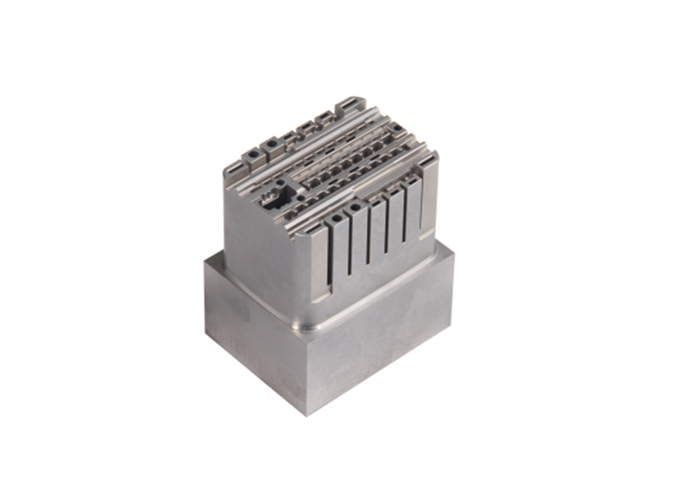
date:2023/08/09
Plastic mold parts
1. Wear resistance
When the blank is plastic denatement in the mold cavity, it flows and slides along the surface of the mold cavity, causing severe friction between the mold surface and the blank, and thus causing the mold failure due to wear. Therefore, the wear resistance of the material is one of the basic and important properties of the mold.
Hardness is the main factor affecting wear resistance. Generally speaking, the hardness of mold parts is higher, the less wear, the better wear resistance. In addition, wear resistance is also related to the type, quantity, shape, size and distribution of carbides in the material.
2. Strong tenacity
Most of the working conditions of molds are very harsh, and some of them often bear a large impact load, resulting in brittle fracture. In order to prevent the die parts from breaking suddenly when working, the die should have high strength and toughness. The toughness of the die mainly depends on the carbon content, grain size and microstructure of the material.
3. Fatigue fracture performance
In the working process of die, fatigue fracture is often caused by the long-term action of cyclic stress. Its forms include low energy multi-impact fatigue fracture, tensile fatigue fracture, contact fatigue fracture and bending fatigue fracture. The fatigue fracture performance of the die depends on its strength, toughness, hardness, and the content of inclusions in the material.
4. High-temperature performance
When the working temperature of the die is high, the hardness and strength will decrease, leading to early wear or plastic deformation of the die and failure. Therefore, the die material should have a higher tempering stability, to ensure that the die under the working temperature, with a higher hardness and strength.
5. Cold and hot fatigue resistance
Some molds in the working process in the state of repeated heating and cooling, so that the cavity surface tension, pressure stress, cause surface cracking and peeling, increase friction, prevent plastic deformation, reduce the size of precision, resulting in the failure of the mold. Cold and hot fatigue is one of the main forms of failure of hot die.
6. Corrosion resistance
When some molds are working, due to the presence of chlorine, fluorine and other elements in the plastic, HCI, HF and other strong corrosive gases are decomposed and separated after being heated, which corrode the cavity surface of the mold, increase its surface roughness, and aggravate the wear failure.
